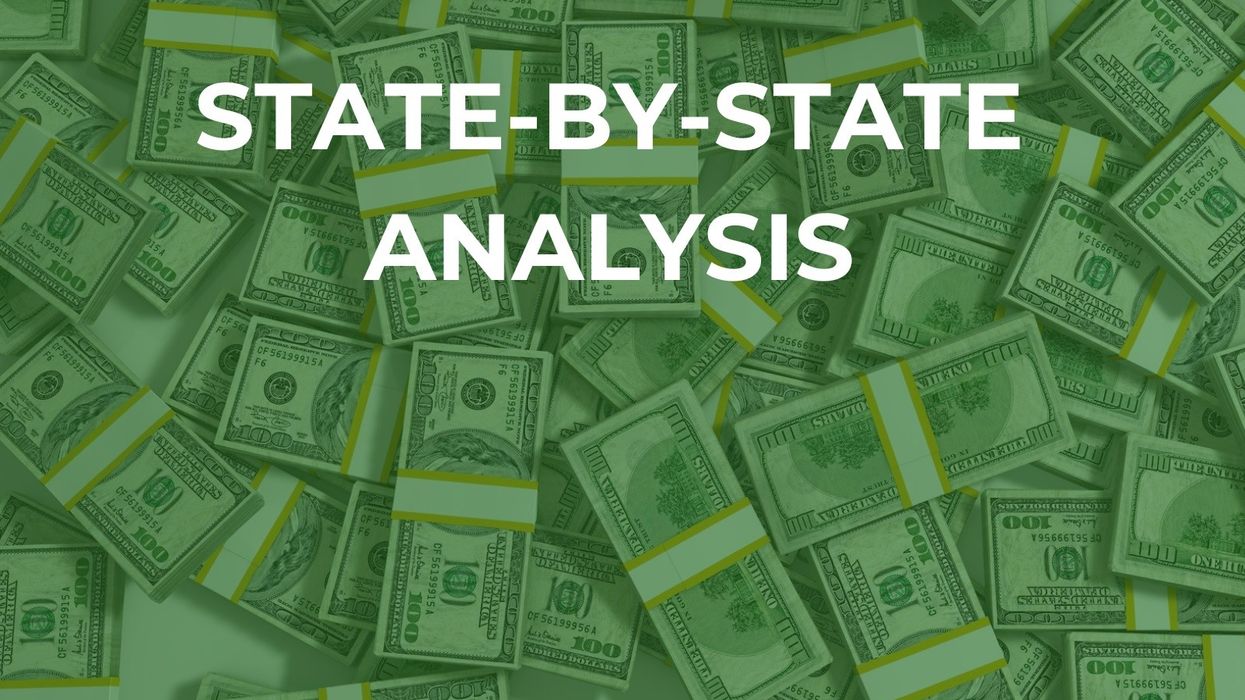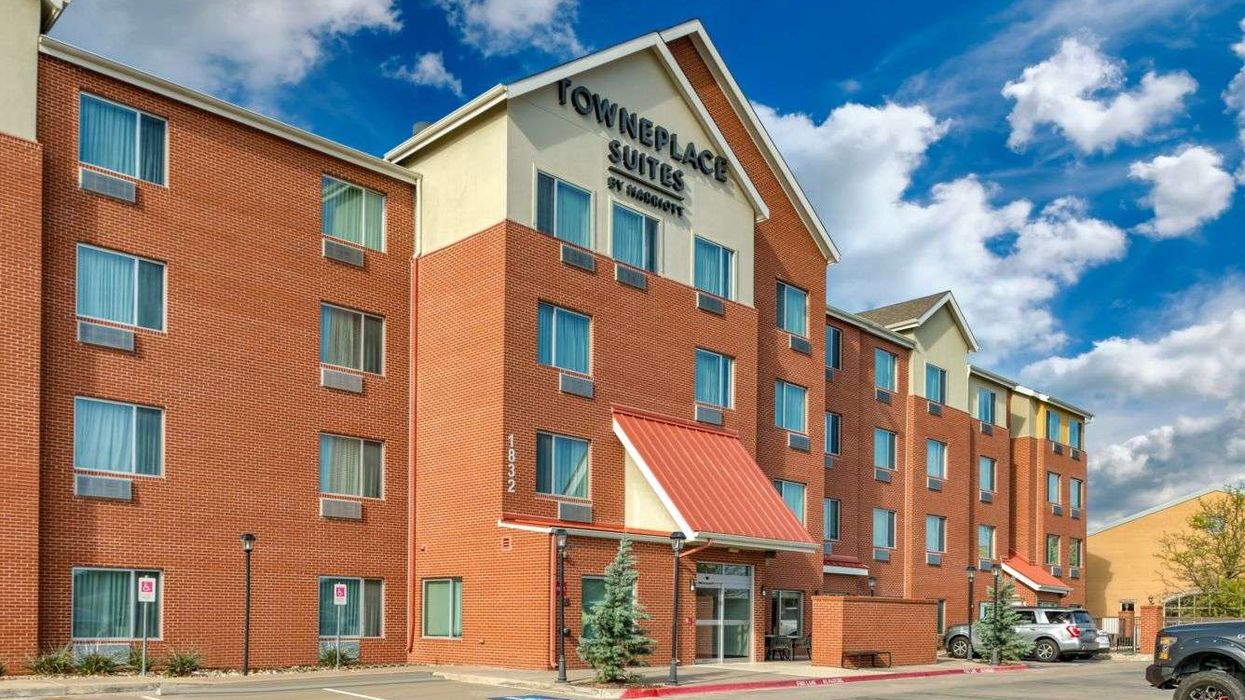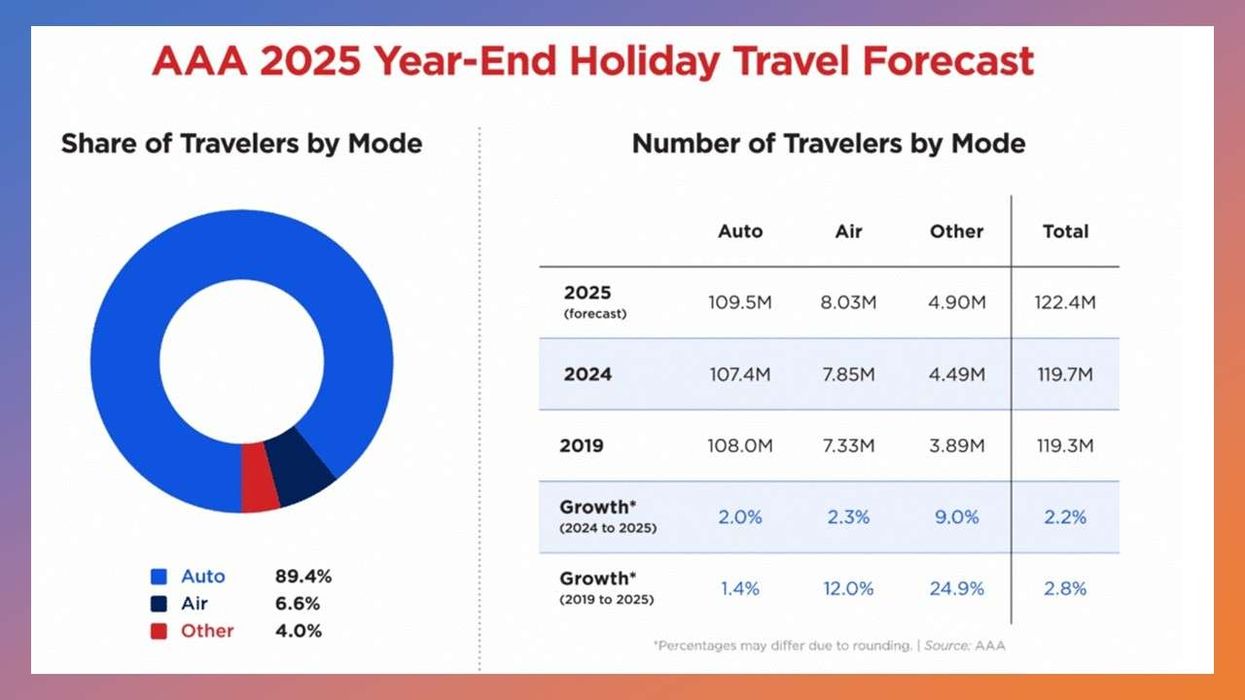U.S. HOTELS ARE expected to generate record levels of tax revenue and employee wages this year, according to a state-by-state analysis released by American Hotel & Lodging Association. Hotels across the country are projected to contribute nearly $83.4 billion in tax revenue to federal, state and local governments and they still face challenges in recruiting new employees.
“Historic projections for wage and tax revenue totals point to a strong 2024 for hoteliers,” said Kevin Carey, AHLA’s interim president and CEO. “But our industry is facing significant obstacles to growth. These include the ongoing nationwide labor shortage, stubborn inflation, and a federal regulatory agenda that threatens future economic expansion. AHLA will continue to fight for solutions to these pressing challenges so hoteliers can focus on what they do best: serving guests.”
The data project hotels to generate nearly $83.4 billion in tax revenue in 2024, with California, New York, Nevada, Florida, Texas, Illinois, Michigan, Hawaii, Massachusetts, and Pennsylvania leading the way. Federal taxes are estimated at $29.01 billion, while state and local taxes combined will reach around $54.36 billion.
Furthermore, hotels are expected to disburse a record-breaking total of $123.4 billion in wages, salaries and compensation to employees in 2024, marking a significant rise from the $118 billion reported in 2023. The top 10 states projected to lead in hotel wages this year include California, Florida, New York, Nevada, Texas, Hawaii, Illinois, Georgia, Michigan, and Colorado.
Guest spending across sectors such as lodging, transportation, food and beverage, retail, and other expenses is forecasted to reach $758.6 billion in 2024, marking a five percent increase from 2023 and a remarkable 24 percent surge from 2019 levels. The top 10 states poised to experience the highest hotel guest spending in 2024 are California, Florida, New York, Nevada, Texas, Hawaii, Illinois, Georgia, Michigan, and Colorado.
Despite the positive outlook, hotels are facing challenges in recruiting new employees, AHLA data showed. Approximately 45,000 new hires are anticipated this year, but the industry grapples with a workforce shortage of about 225,000 jobs compared to pre-pandemic levels in 2019. The top 10 states expected to have the highest hotel employment levels in 2024 are California, Florida, Nevada, Texas, New York, Pennsylvania, North Carolina, Illinois, Michigan, and Arizona.
A nationwide labor shortage continues to challenge hotels in filling open positions, despite offering near-historic average wages and enhanced benefits and flexibility, the association said. As of February 2024, the national average hotel wage stood at $23.84 per hour, according to the Bureau of Labor Statistics. The Bureau reported 8.8 million job openings across the U.S., while only 6.5 million unemployed individuals were available to fill those roles. There are currently over 80,000 vacant hotel jobs nationwide, according to Indeed.com.
In February, AHLA survey found that more than two-thirds of hotels are experiencing staffing shortages, and this has prompted hoteliers to offer increased pay and various incentives to attract and retain talent.













